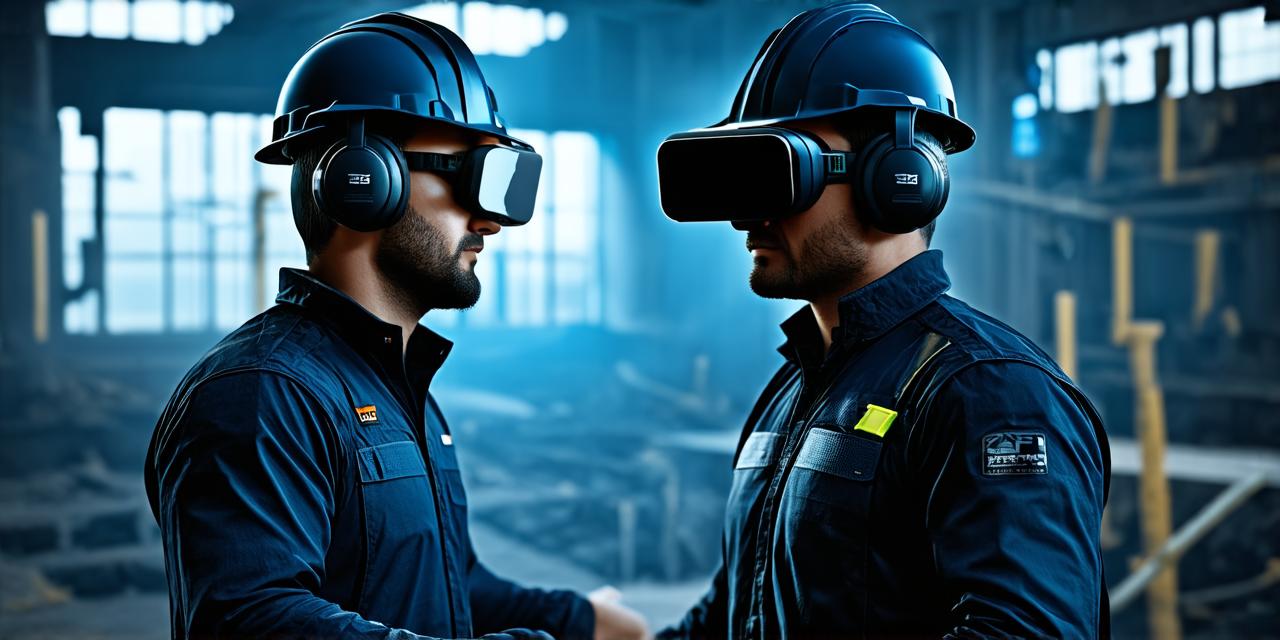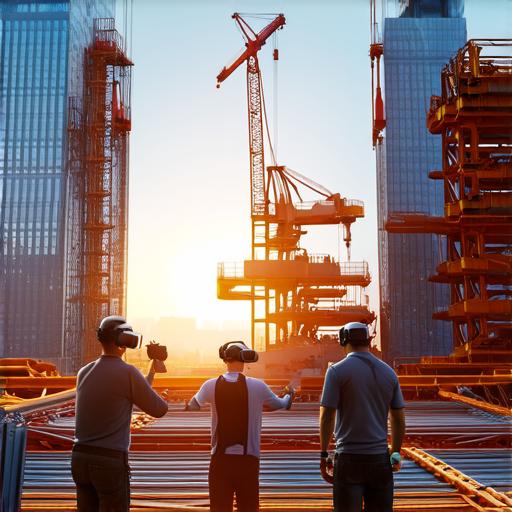
How can the construction industry utilize virtual reality?
Virtual reality (VR) technology has revolutionized various industries, and construction is no exception. VR allows developers to visualize and interact with 3D models of buildings and infrastructure projects in a simulated environment.
Increased Efficiency
One of the primary benefits of using VR in construction is increased efficiency. With VR, architects and engineers can visualize and test different designs, materials, and construction methods before building a physical structure. This allows them to identify potential problems early on and make adjustments as necessary. Additionally, VR simulations can provide real-time feedback on the construction process, allowing developers to track progress and make informed decisions.
Improved Safety
Virtual reality can also improve safety in the construction industry. By creating realistic simulations of construction sites, workers can practice their skills in a safe and controlled environment. This reduces the risk of accidents and injuries caused by on-the-job training. Additionally, VR simulations can help identify potential hazards and allow developers to implement safety measures before construction begins.
Cost Savings
Virtual reality technology can also help reduce costs in the construction industry. By reducing errors and delays, developers can complete projects faster and more efficiently. This reduces the amount of time and resources needed for construction, ultimately saving money. Additionally, VR simulations can help identify potential cost savings by allowing developers to test different design options and materials.
Real-life Examples of Virtual Reality in Construction
Virtual reality technology is already being utilized in the construction industry in various ways. For example, Skanska, a leading construction company, has developed a VR tool that allows workers to visualize and interact with 3D models of construction sites in real-time. This tool has helped reduce errors and delays in construction projects, resulting in significant cost savings for the company.
Another example is Autodesk’s BIM 360 software, which uses VR technology to provide a more immersive experience for architects and engineers. By using this software, developers can visualize and interact with 3D models of buildings in real-time, allowing them to identify potential problems early on and make informed decisions.

FAQs
Q: What is virtual reality in construction?
A: Virtual reality in construction involves using technology to create realistic simulations of building sites and infrastructure projects. This allows architects and engineers to visualize and interact with 3D models of buildings before they are built, reducing errors and delays in the construction process.
Q: How does virtual reality improve safety in construction?
A: Virtual reality can improve safety in construction by allowing workers to practice their skills in a safe and controlled environment. This reduces the risk of accidents and injuries caused by on-the-job training. Additionally, VR simulations can help identify potential hazards and allow developers to implement safety measures before construction begins.
Q: What are some real-life examples of virtual reality in construction?
A: One example is Skanska’s VR tool, which allows workers to visualize and interact with 3D models of construction sites in real-time. Another example is Autodesk’s BIM 360 software, which uses VR technology to provide a more immersive experience for architects and engineers.
Summary
Virtual reality technology has significant benefits for the construction industry, including increased efficiency, safety, and cost savings. By utilizing VR in construction projects, developers can improve the overall quality of their work and reduce the risk of errors and delays. As virtual reality technology continues to evolve, we can expect to see even more innovative uses in the construction industry.


